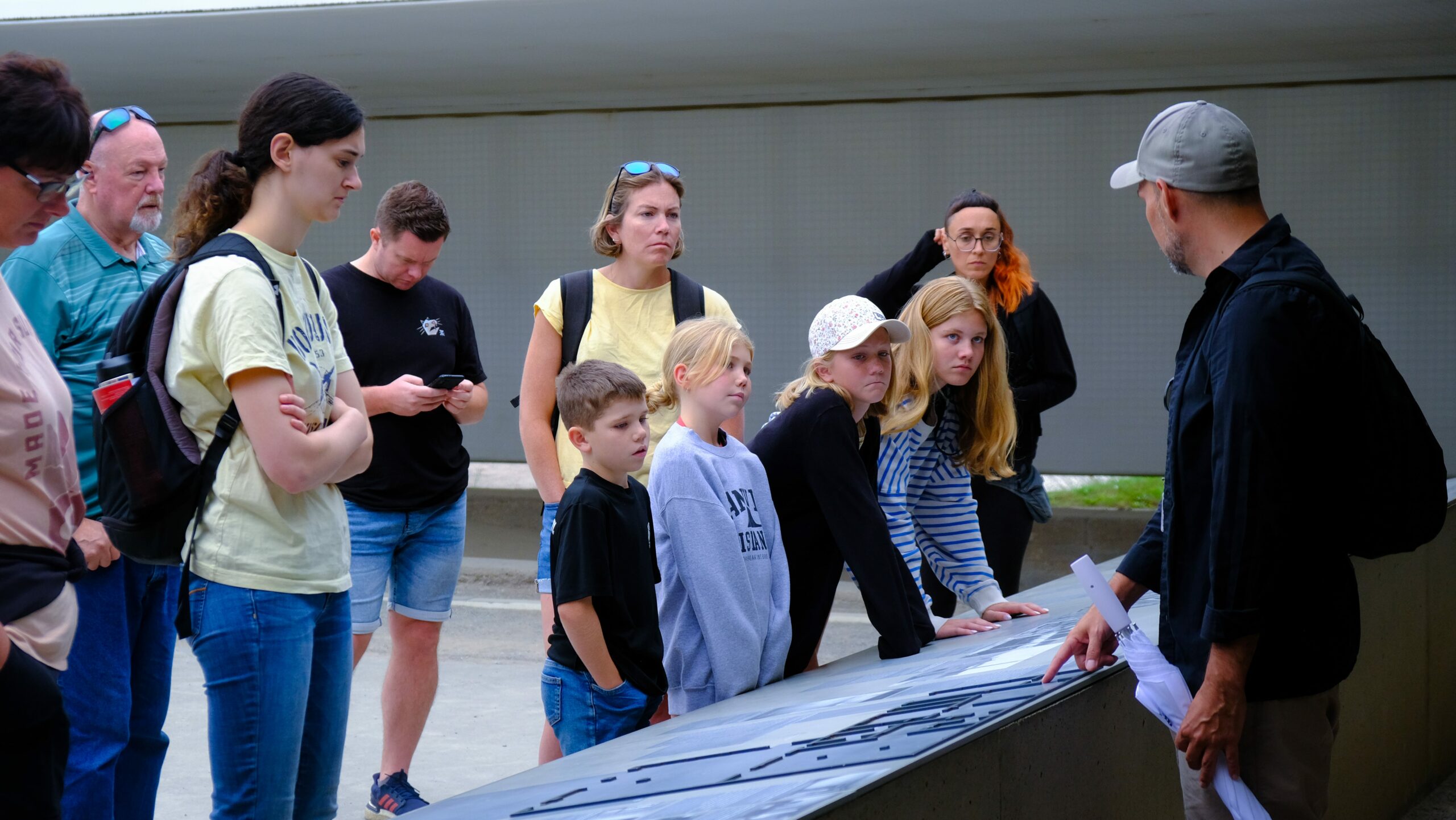Introduction
Hello from Budapest, where you will find passionate coffee shop owners and skilled baristas. In our guide, we explore the barista culture found in the Buda neighborhood of Budapest. Regardless of whether you live here or are just visiting, you’ll learn about the top coffee places and how to brew your own coffee through this post.
Discovering How Hungarians Enjoy Coffee
There are plenty of amazing little coffee shops in Buda for coffee lovers to enjoy on the western bank of the Danube. Let’s look into the coffee shops that have gained popularity here.
1. Café Aroma
Café Aroma is a little gem that can be found in the center of Buda. Visitors enjoy this place for its friendly team, laid-back feeling and fantastic coffee. If you sit in one of their comfortable chairs, you can pick from a rich espresso or a beautiful latte. Pastries here are homemade and so delicious, you should definitely sample them.
Beans for the drinks at Café Aroma, found close to Batthyány Square, come from Hungarian roasters like Casino Mocca. The use of wooden tables and old-fashioned lamps makes the place homely. People on the hunt for pure coffee will appreciate that pull-over methods are the Baristas’ strongpoint and they serve both V60 and Chemex options. Regulars are attracted to the café’s lavender latte as well as autumn’s special pumpkin spice beverage. Eat your coffee with a pogácsa (savory scone) or try pairing it with a slice of flódni pastry.
2. Espresso Express
If you need something to drink fast, Espresso Express offers it all. You’ll find great coffee, quickly made, at this trendy place. Their staff make perfect espresso shots in a very short time. If you’re hungry, you can order a bagel or pastry with your coffee too.
Near Széll Kálmán Square, Espresso Express is designed to serve Buda’s busy commuters. Its uncomplicated layout and rapid service help it adjust to morning demands. Baristas in the café are taught to use Kontakt’s single-origin beans exactly which helps balance out the coffee acidity. A great place for coffee, with flat whites and cortados being the top favorites and vegan almond croissants for those on different diets. Enjoying food or a drink outside gives you a great view of Buda’s winding hills.
3. Brew & Bake
If having a warm atmosphere and fresh treats are what you want, Brew & Bake is your place. Skilled baristas will prepare your coffee personalized for you, giving you different brewing options to pick from. You should test their signature brew and pair it with a delicious cake made there, because it’s sure to impress you!
Near Rózsadomb, you’ll find Brew & Bake which is much loved by the locals. When you visit, it looks like a bookstore from the books in every corner and the walls made of brick. They brew coffee in various ways, for example using the AeroPress and cold brew, alongside beans from Racer Beans. If you’ve not yet tried the hazelnut latte and the gluten-free chocolate torte, you are missing out. People visiting the café can participate in workshops about coffee, where they discover where the beans come from and how they are made, helping create a vibrant coffee scene in Buda.
Budapest’s Tradition with Coffee
The coffee culture in Budapest goes back to the 19th century, when Centrál and Gerbeaud coffeehouses became popular intellectual centers. Today, cafés in Buda bring together classic atmosphere and new trends in coffee service. Because the district is not as crowded as Pest, it’s the best place to enjoy a relaxed coffee. A lot of Buda’s cafés order from local Hungarian roasters, helping small businesses and highlighting their local tastes. The Budapest Coffee Festival each year features competitions and coffee art to demonstrate Buda’s growth as a leader in Hungary’s coffee industry.
Whether you want to be a Barista or not
Do you find the art of specialty coffee of interest? Baristas often grow and learn a lot while going through their training. Let’s go through a few ways to begin:
1. Get the Basics Down
Begin by understanding how coffee is brewed, the types of beans available and why certain types of extraction create the best shot. Many books, online programs and barista classes are available to teach you more about the subject.
Start out by checking the Specialty Coffee Association’s online training materials or reading The World Atlas of Coffee by James Hoffmann. In Budapest, Barista Campus is one of many places that teach newcomers the basics of making espresso and steamed milk. Learning about bean origins—comparing Ethiopian Yirgacheffe with Colombian Supremo, for example—can improve your appreciation of how beans taste. Understand grind sizes, the temperature to use for water (between 90–96°C) and how long your shot should take (about 25–30 seconds for an espresso).
2. Keep at it, keep practicing.
Practice by doing things with the materials. Or, use a quality at-home espresso maker or attend workshops where you can learn how to use one. The more you try it out, the stronger your coffee-making abilities will become.
If you are practicing at home, the De’Longhi Dedica or manual brewers like the Hario V60 cost little but still give great results. In Buda, Brew & Bake regularly holds workshops that give you access to specialist baking equipment. Train yourself at latte art by practicing hearts or rosettas and change things like the pressure or flow of the milk. Learning from baristas requires joining groups of coffee enthusiasts at Kontakt in Pest.
3. Making useful connections and using resources.
Get to know skilled baristas, join discussions on the Internet and take part in coffee events to learn more. Because baristas are usually united and friendly, you should use your connections to help you on your learning path. Stay involved by reading the latest magazines and blogs in your specialization.
You can find help and insights at sites like Kávébár or Barista Hustle. Go to festivals or barista challenges at places like My Little Melbourne such as the Budapest Coffee Festival. Many of Buda’s baristas have social media accounts and sharing guidelines on Instagram can open doors to work. Making sure you follow European Coffee Trip on YouTube or Standart in your inbox will keep you in the loop about nitro cold brew and sustainable ways of sourcing coffee.
Buda’s Role in Budapest’s Coffee Scene
Buda’s coffee culture stands out for its community focus. Unlike Pest’s bustling cafés, Buda’s spots prioritize quality over quantity, fostering loyal customer bases. The district’s green spaces, like Gellért Hill, inspire outdoor coffee pop-ups, while its historic villas house boutique roasteries. Buda’s baristas often collaborate with local bakers, creating pairings like espresso with artisanal sourdough. The district’s growing expat community also drives demand for international styles, like Australian-inspired flat whites, blending seamlessly with Hungarian traditions.
Conclusion
Budapest’s Buda district offers an incredible coffee experience for both enthusiasts and aspiring baristas. Whether you prefer to indulge in a steaming cup of coffee or pursue a career in the specialty coffee industry, Buda’s barista scene is sure to satisfy your cravings. Visit Café Aroma, Espresso Express, or Brew & Bake to explore the rich flavors and warm ambiance these cafes have to offer. And if you’re interested in becoming a barista yourself, don’t hesitate to start your journey by learning the basics, practicing diligently, and connecting with fellow coffee aficionados.
Table of Contents




